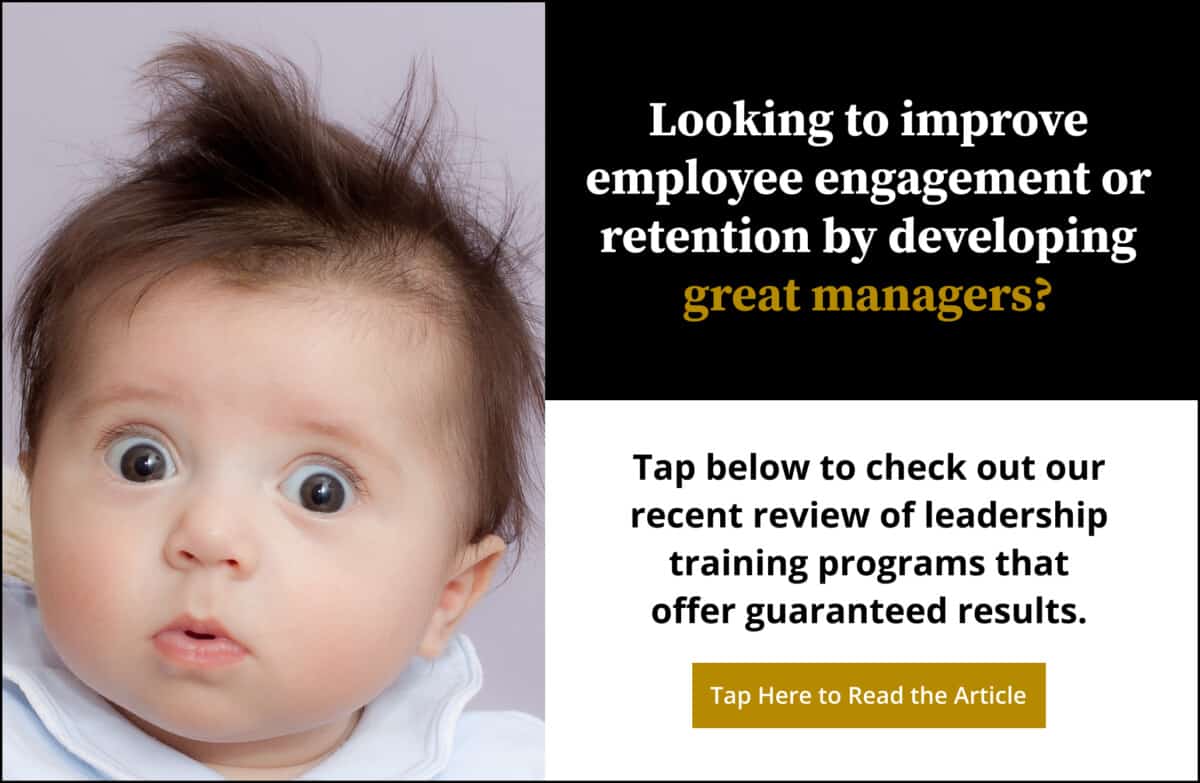Share:

Due to the high cost of turnover and its impact on productivity, an organization’s bottom line can be adversely affected when its employees choose not to stay.
How much? According to research by Gallup, voluntary turnover costs organizations over a trillion dollars each year.
This is bad news.
In March 2022, around 4.5 million Americans quit their jobs. This amounts to 3.0% of the workforce. These workers are either leaving their jobs for other jobs or exiting the workforce altogether.
As a result of this turnover crisis, many organizations are reevaluating their retention strategies in an effort to figure out what it will take to convince employees to stay. But, in order to develop retention strategies that work, organizations must first get an accurate snapshot of just how successfully they are retaining employees currently.
How can organizations get a handle on how successful their retention efforts are?
In order to determine how well an organization is doing at keeping employees, employee retention should be measured regularly, and these measurements should be a central component of its retention strategy and engagement initiatives.
Utilizing employee retention metrics and key performance indicators (KPIs) to track employee retention can help companies predict which employees may be “at-risk” of leaving and can help identify the reasons why they may be considering leaving.
They can also help companies pinpoint what they are doing wrong and what they are doing right.
In this article, we’ll explore four ways to measure employee retention success in your organization to ensure your retention strategies are working:
- Employee Retention Rate
- Employee Turnover Rate
- Average Length of Employment
- Surveys


1. Employee Retention Rate
Employee retention rate, also referred to as the “stability index,” measures the rate at which workers stay with an organization.
To calculate an organization’s retention rate, divide the number of employees who have remained with the organization for a specific period of time by the initial number of employees for the same period of time, and multiply that number by 100.
(Remaining employees during a set timeframe / Initial number of employees during the same time frame) x 100 = Retention rate
If you wanted to calculate your organization’s retention rate for the year 2021, and it had 500 employees on January 1st of that year and 482 employees on the last day of that year, December 31st, the employee retention rate would be 96.4%.
(482 divided by 500) x 100 = 96.4% yearly retention rate.
To calculate how many employees stayed employed for the whole time period being measured only include employees who were employed on the first and the last day of the timeframe.
Employee retention rate can be measured annually, quarterly, or even monthly, but it is typically calculated annually.
Shorter or longer time periods can be measured, depending on what is being measured, such as the short-term result of retention strategies or when calculating the retention of employees who remained with an organization after a reduction in the past.
Since the goal is to track the retention of employees who worked on the first day of the time period being measured, employees hired during that measurement period or new positions added during that measurement period should not be counted.
2. Employee Turnover Rate
While employee retention rate can provide a good snapshot of the stability of the workforce, it is limited by the fact that it does not track the departures of employees who both joined and left during the time period being measured.
Turnover is the number of employees who leave a job, either voluntarily or involuntarily, during a certain time period.
Voluntary turnover is when an employee’s resignation is based on their, rather than their employer’s, decision to, for example, accept a position with another organization, relocate, change careers, or leave the workforce entirely.
Involuntary turnover occurs when employees are terminated for a reason, such as poor job performance, behavioral issues, violating policies, or layoffs.
Because employee retention rate alone is limited in what it tracks, calculating both the employee retention rate and employee turnover rate can be more useful.
According to SHRM, “retention rate… measures the retention of particular employees over a specified period of time and complements the turnover rate metric, giving a more complete view of worker movement than calculating either metric alone.”
Employee turnover rate is defined as the number of employee departures divided by the average number of employees during that same time period. This is done by dividing the ending number of employees by the initial number of employees, and multiplying by 100:
(number of separations during the specific time period / average number of employees during that same time period) x 100 = Employee turnover rate
The resulting number can then be divided into voluntary and involuntary separations to measure the percentage of employees who left by choice or were fired or laid off.
Retention and turnover metrics can provide insight into how well an organization is delivering on culture in terms of employee experience (is it a positive experience for employees?), employee engagement (are most employees engaged), and job satisfaction (are employees happy?).


3. Average Length of Employment
The average length of employment of an organization’s employees can also be a useful metric for gauging employee retention success.
These statistics are tracked by the U.S. Bureau of Labor Statistics, so it is a good and relatively easy way for organizations to get an idea of how they compare to other organizations in the same industry.
Average length of employment can be calculated by dividing the total number of years of employment for all employees by the total number of employees.
For example, an organization with 500 employees who have worked there for a combined total of 2,000 years, would have an average length of employment of four years.
2,000 / 500 = 4 years average length of employment
4. Surveys
Employee retention surveys, as well as employee engagement surveys, can help organizations determine how successful their retention strategies are by providing some insight into employee experience within the organization.
Retention surveys can help organizations measure the likelihood that employees will stay and can reveal employee perceptions within the organization.
When used in conjunction with engagement surveys, retention surveys can help organizations measure retention success and streamline retention strategies, which can boost both engagement and retention.
According to Gallup’s research, organizations with high levels of employee engagement can see roughly 50% better employee retention than organizations with low levels of employee engagement.
When organizations gain an understanding of employee perceptions and learn which perceptions are good predictors of future turnover, employers can craft strategies that lead to better employee experiences, improved employee engagement, and higher rates of retention.

Matt Tenney has been working to help organizations develop leaders who improve employee engagement and performance since 2012. He is the author of three leadership books, including the groundbreaking, highly acclaimed book Inspire Greatness: How to Motivate Employees with a Simple, Repeatable, Scalable Process.
Matt’s ideas have been featured in major media outlets and his clients include numerous national associations and Fortune 500 companies.
He is often invited to deliver keynote speeches at conferences and leadership meetings, and is known for delivering valuable, actionable insights in a way that is memorable and deeply inspiring.


